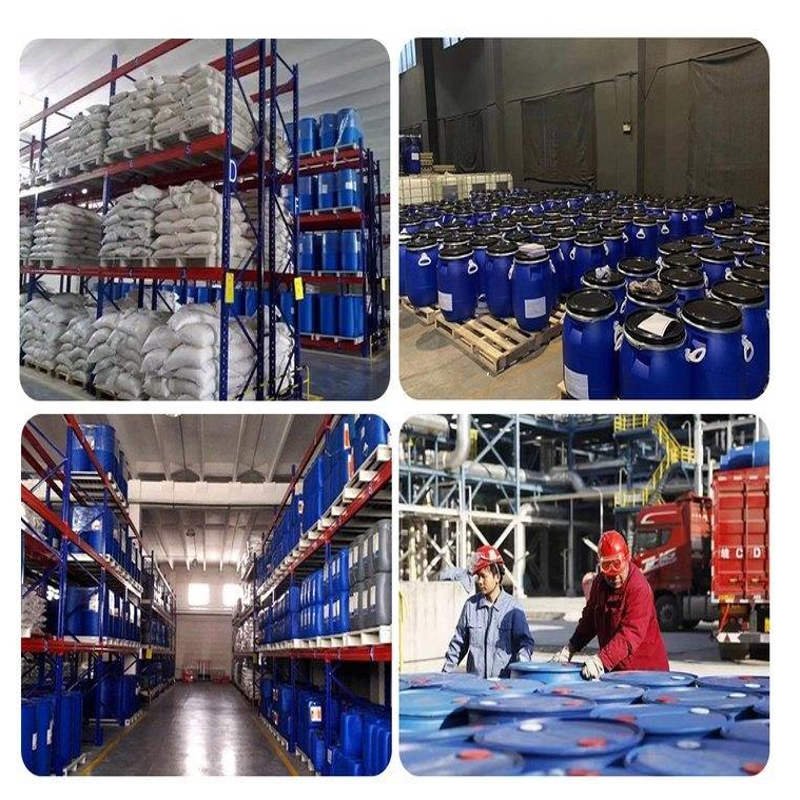-
Categories
-
Pharmaceutical Intermediates
-
Active Pharmaceutical Ingredients
-
Food Additives
- Industrial Coatings
- Agrochemicals
- Dyes and Pigments
- Surfactant
- Flavors and Fragrances
- Chemical Reagents
- Catalyst and Auxiliary
- Natural Products
- Inorganic Chemistry
-
Organic Chemistry
-
Biochemical Engineering
- Analytical Chemistry
-
Cosmetic Ingredient
- Water Treatment Chemical
-
Pharmaceutical Intermediates
Promotion
ECHEMI Mall
Wholesale
Weekly Price
Exhibition
News
-
Trade Service
As of January 3, the average wax cleaning cycle of a single well in the two pilot test wells of the No.
7 Oil Production Plant of Daqing Oilfield using eddy current acoustic magnetic wax reduction and viscosity reduction oil enhancer has been extended from 55 days to 211 days, saving a total of 28,000 yuan
in high-pressure hot washing costs.
Eddy current acoustic magnetic wax anti-wax viscosity de-viscosity oil enhancer is a new type of wax cleaning device
integrating anti-wax technology in the fields of fluid mechanics, acoustics, magnetism and electrochemistry.
The vortex co-ejector of this device can make the crude oil produce high-speed cyclone vortex movement, shatter wax blocks and asphalt blocks, and form an emulsified state of oil-in-water; Multistage sonic excitators generate oscillating sound waves with frequencies from 400 to 25,000 hertz, crushing wax blocks into microcrystals; The high-energy magnet can instantaneously magnetize the wax crystal molecules to prevent collisions and combine into a network of paraffin; Another component, the copper-zinc alloy body, undergoes redox reaction under the wrapping of crude oil to form a galvanic cell, releasing zinc ions, preventing calcium and magnesium ions that cause waxing and scaling from working
.
The eddy current acoustic magnetic wax anti-viscosity oil enhancer adopts physical method to prevent wax and scale, which is harmless to the oil layer, can extend the well washing cycle by more than 4 to 6 times, reduce the viscosity of crude oil by about 95%, and increase the liquid production by 5% to 15%
on average single well.







